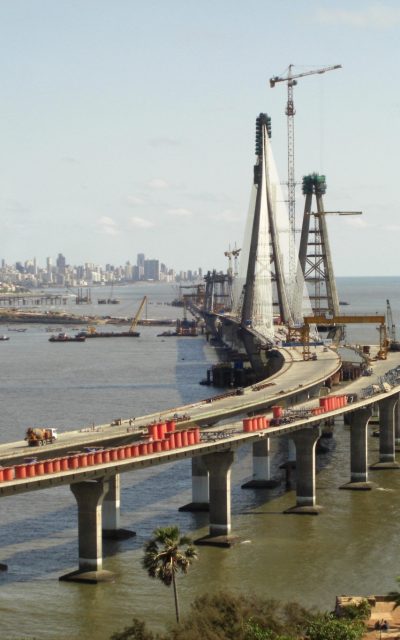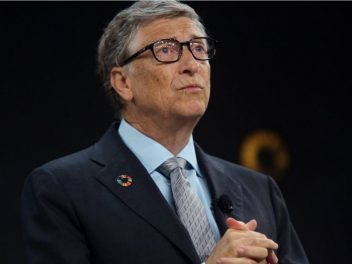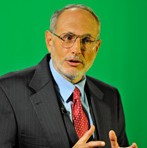By BIZINDIA
MANILA, May 04, 2012 – India’s Finance Minister Pranab Mukherjee today offered to public and private investors in India and worldwide, particularly in the U.S., the largest-ever opportunity for high returns.
The government of India, in one of the boldest undertakings in history, is set to bring the nation’s countryside into the modern age by building roads, bridges, power plants, and other forms of infrastructure. The government will invest $1 trillion from its own funds over the next five years. Another $1 trillion is needed to undertake the massive projects and it is offering overseas and Indian investors a chance to profit from the fast growth of India.
He spoke here in the largest city in the Philippines before investors and attendees to the annual meeting of the Asian Development Bank (ADB).
“India needs about US $1 trillion in the next five years for infrastructure development, out of which at least 50 per cent has to come from the private sector. Therefore, there is huge scope,”
“We have empowered the people by giving them access to entitlement backed by legal enactment,” he said. He pointed out that among the benefits the people of India are deriving are from government initiatives such as recently-passed laws relating to the Right to Education, the Right to Information, the Right to Employment and the Right to Food.
He said that the Indian government has been investing in areas like education, health, and rural connectivity, which he said are “necessary for inclusive growth,” alluding to the gap between the rich and the poor.
Mukherjee cited prudent initiatives he has undertaken towards fiscal responsibility and towards strengthening the country’s financial foundation, making it less vulnerable to international crisis. He said he is also aware of rising domestic demand for energy and other needs, and that he is taking the necessary steps to solve that problem. He is also working on taxation issues, he said, to attract increasing investments in India from abroad.
India, due to its rapid economic growth – being in the eight to ten percent range over recent years – has become one of the world’s top and most attractive destinations for capital coming in from Europe, the United States and elsewhere, which have been beset with recession. Companies from these developed regions have set up branches in India to take advantage of ample pools of labor and intellectual capital, spurring employment growth and economic development in India.
“I am confident that the strong fundamentals of our economy will help us return to a sustained growth path of 8 to 10 per cent per annum in the coming years,” Mukherjee added, pointing out that GDP growth had slowed down slightly to around 7 percent
The Indian government’s debt of Rs. 32,27,288 crore (about US$620 billion) comprised about 36 per cent of the country’s gross domestic product of $1.72 trillion as of March 2012. In comparison, currently, U.S.debt of $15.705 trillion is now almost 104 percent of its GDP of $15.143 trillion (see www.USDebtClock.org)
With high local savings rates, much of India’s GDP growth is driven by local investment rates in the 35-37 percent range.
In 2011, Asia grew at an average rate of 7.2 per cent, World Bank data show.
“To sustain our economic growth, we need to keep our focus on the development agenda…and find new and renewable technologies to fuel our growth and invest in education and skill development,” the finance minister explained.







